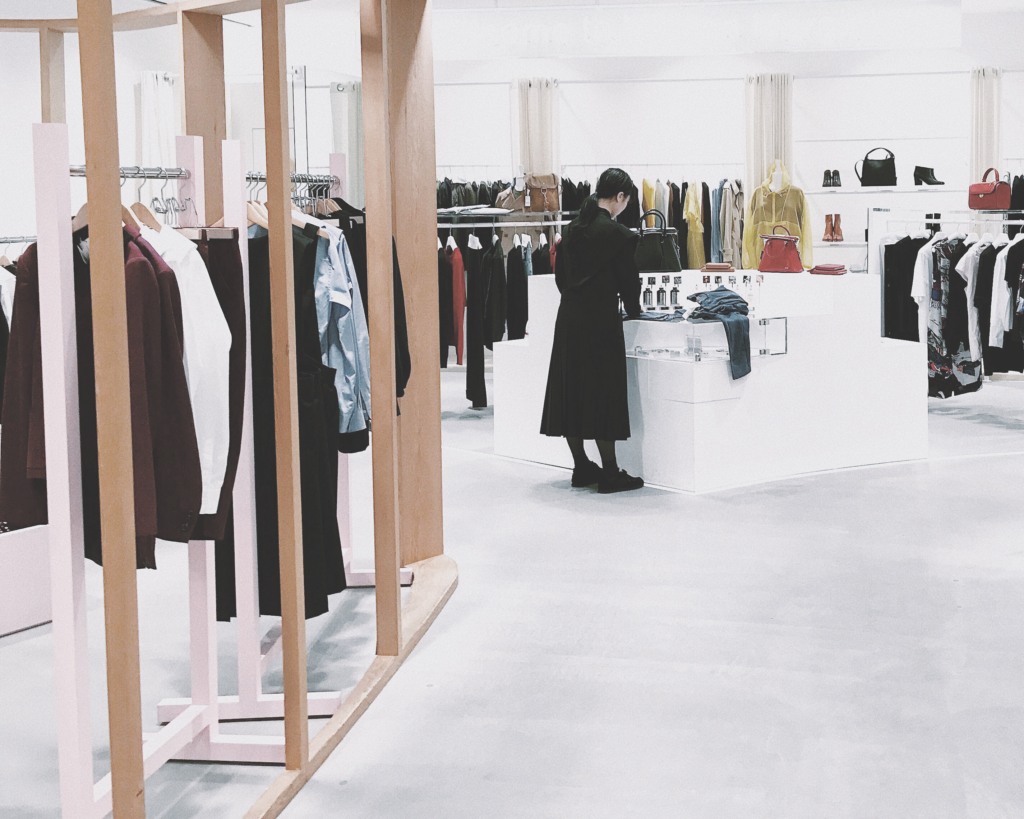
Prolonging the active lifespan of a garment is the most sustainable action as of today, but in order to do so we need an established market for pre-owned apparel. In a new Mistra Future Fashion report the Swedish market for pre-owned apparel is investigated and its possibilities of contributing to a more sustainable fashion industry.
An evident result is that the pre-owned apparel market has moved from the more traditional flea market to other channels, for example online stores. The total market share for second-hand clothes does not appear to increase significantly, but it has moved to other platforms functioning within other business models. However, if this change stems from an overall market growth or due to increased awareness and entrepreneurship is still difficult to determine.
Online market and take back
The most evident shift over the last decades is a result from the introduction of internet, providing a new platform for the way we do business. Online consumer to consumer market places such as Tradera and Blocket, as well as online shops and social media platforms are providing consumers with a broad range of options to both sell and buy pre-owned clothes. It is likely that these new form of online second-hand channels will continue to grow at the expense of the traditional physical second-hand markets such as flee-markets and charity shops. Furthermore, another emergin trend is take-back of the own product. The fashion industry’s players are beginning to engage in collection and re-sale of their own previously sold product. This trend affects both the customer experience and the supply chains of a former traditional seller, and creates new areas for extended business models. Increased revenue is a strong driving force behind the emerging businesses.
Swedes do not shop with sustainably in mind
It is often argued that Swedes posess a strong will to be more environmentally friendly in their purchases of clothing. However, there is a lack of engagement when it comes to actually put this idea in practice and choose pre-owned apparel over buying new clothes. This finding confirms previous studies (Steensen Nielsen & Gwozdz, 2017). It is therefore unclear if the public awareness is really the factor that will make second-hand shopping flourish as consumers today already seem to have high awareness about the environmental deficit of the fashion industry, but it is not effecting their behaviour.
Authors: Susanne Sweet, Rebecca Aflaki & Michael Stalder, Stockholm School of Economics



